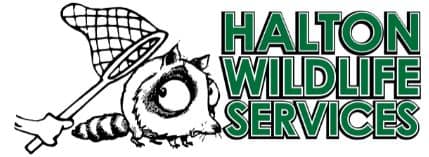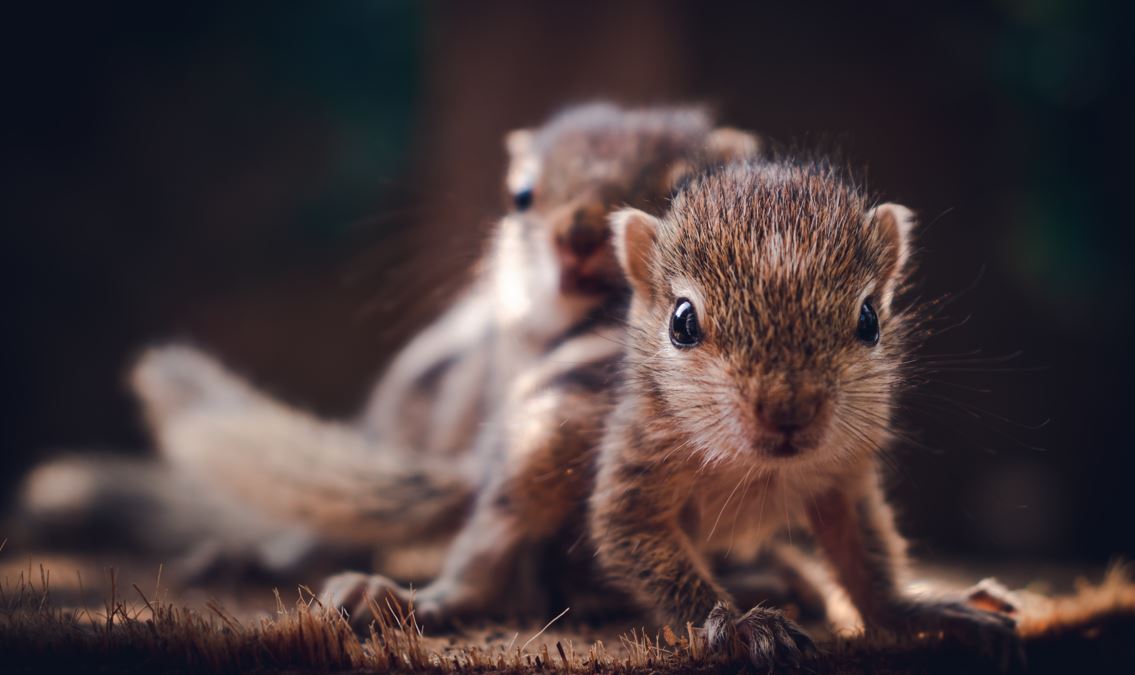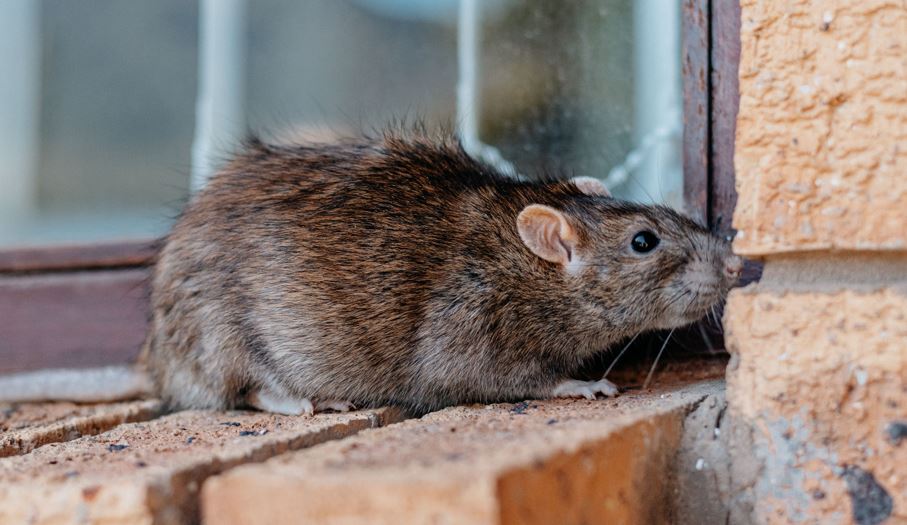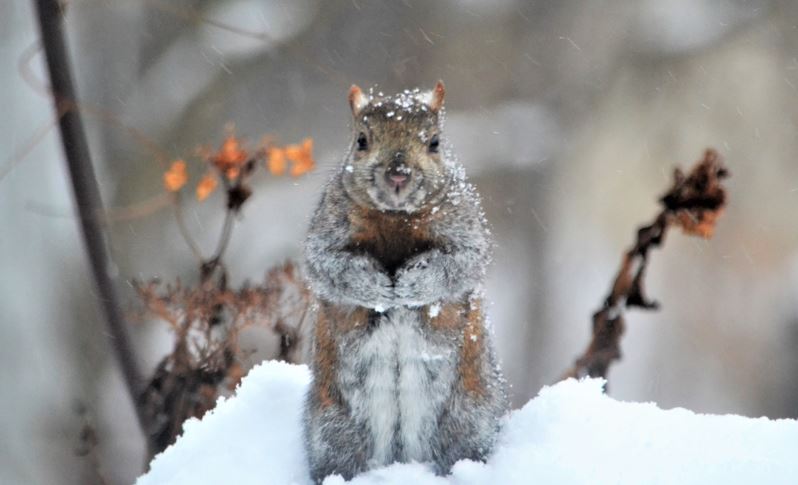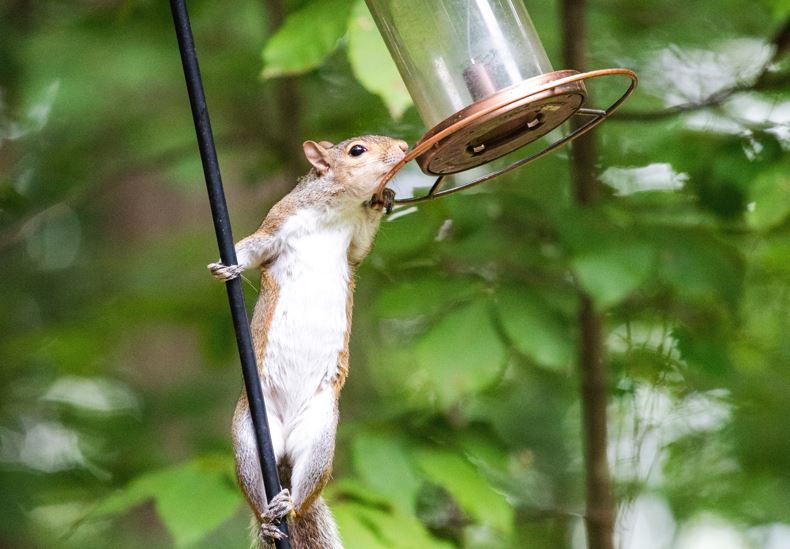If you’re suspecting that an animal might have decided to make themselves at home in your home or on your property, it’s a problem that is best dealt with immediately. The longer an animal has to get comfortable, the harder they will be to remove.
There are many steps involved in removing an animal from your home or property: it’s not as simple as just picking them up and sending them on their way! The best ways to treat a wildlife problem can vary depending on the species you are dealing with, but there will be some things in common no matter what it is that’s in your space.
How to tell you have a pest or wildlife problem:
There are many ways you can tell if you have a wildlife problem in or around your home. The best ways to tell are:
- Sounds of scurrying in your walls or ceiling
- Hearing scratching or chewing noises from your attic
- Seeing signs of droppings or urine around your home
- Noticing holes around the base of your roof, under your deck or shed or around the base of your home
- Insulation might be disturbed or ruined
- Signs of nests around your property, in attics or in your basement
The best practices for removing pests from your home
While you’ll need to customize your plan depending on which animal you have found on your property or in your home, there are some steps that apply regardless of what animal you are dealing with.
- Determine what animal is on your property. Each pest will have a different method for the best way to remove them, so knowing which animal you’re dealing with is key.
- Decide on a DIY method or contact a professional. Above all, you need to choose a humane method that will not leave babies stranded and cause harm to the animal.
- Once the animal is removed from your home or property, clean up any sign of their inhabitation. Clean any body waste, repair any wiring or insulation damage and remove any signs of nesting.
- Block any possible entry holes so they can’t get back in.
- Ensure your yard is clean, there are no piles of debris near your house, and that all trees are cut back to prevent easy access to your roof.
Prevention is key!
The best thing you can do when there is a possibility of a wildlife issue in or around your home is to prevent them from gaining access and getting comfortable. Practices like sealing up possible entry points, keeping your yard free from debris and clutter, keeping trees trimmed and away from the house and watching closely for any sign of wildlife are ways to stay on top of any potential issues.
Humane treatment is always the best option
Regardless of how unpleasant a wildlife problem can be, you always want to go the humane route for best results. Pests are just that-pests- but they are still living creatures that are just trying to keep themselves safe.
If you are unsure of how to humanely deal with your wildlife problem it’s best to call a professional to give you a hand.
